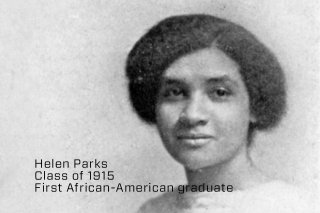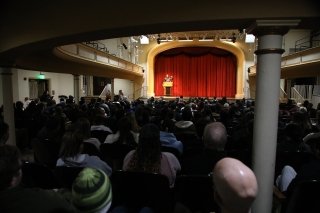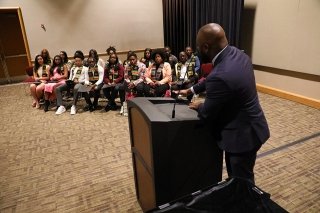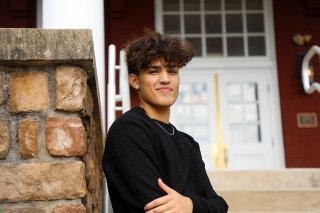University to celebrate region's African-American community
Posted:

Commonwealth University-Bloomsburg will celebrate the region's African American community in February as part of the university’s Black History Month celebrations.
A reception will be held Thursday, Feb. 9, at 4:30 p.m. in the Multicultural Center to note the installation of a pew from a former Black church in nearby Danville and an informational display about the local African American community.
The church pew comes from the former African Methodist Episcopal (AME) Church in downtown Danville. The AME denomination was founded in 1787 in Philadelphia after Black churchgoers faced discrimination in predominantly White churches. The Walnut Street (Route 11) location formerly housed a Baptist church and was purchased for AME use in 1914. Due to a dwindling congregation, the Danville AME church was disbanded in the 1970s and the building was sold. It now houses a health food store.
Bloomsburg also had an AME church, active from 1870 until the late 1960s, located on First Street, until it was torn down.
In addition to the church pew, there will be an informational display about the local African American community assembled by Prof. Jerry Wemple of the English Department and students. Wemple, who grew up in the region, says often people are not aware of aspects of the local Black community. For example, he said, according to a local history book, the first non-native settler in the region was Robert Morris, a black man who likely escaped enslavement in Virginia in the 1730s. Morris’s grandson became a wealthy area businessman and his great-granddaughter an internationally famous concert singer.
Wemple also said Helen Parks, who in 1915 became the first African American graduate of what was then Bloomsburg Normal School, was a member of a family long established in the region.
According to census records, several of Helen Parks’ ancestors were living in the Bloomsburg area as early as the 1820s. Family historian, Camille White, said that family members of that era lived in the nearby communities of Millville and Catawissa and were assisted by Quaker congregations, a denomination known for its abolitionist stance.
The bench and informational display will be in the Multicultural Center through the end of February.



